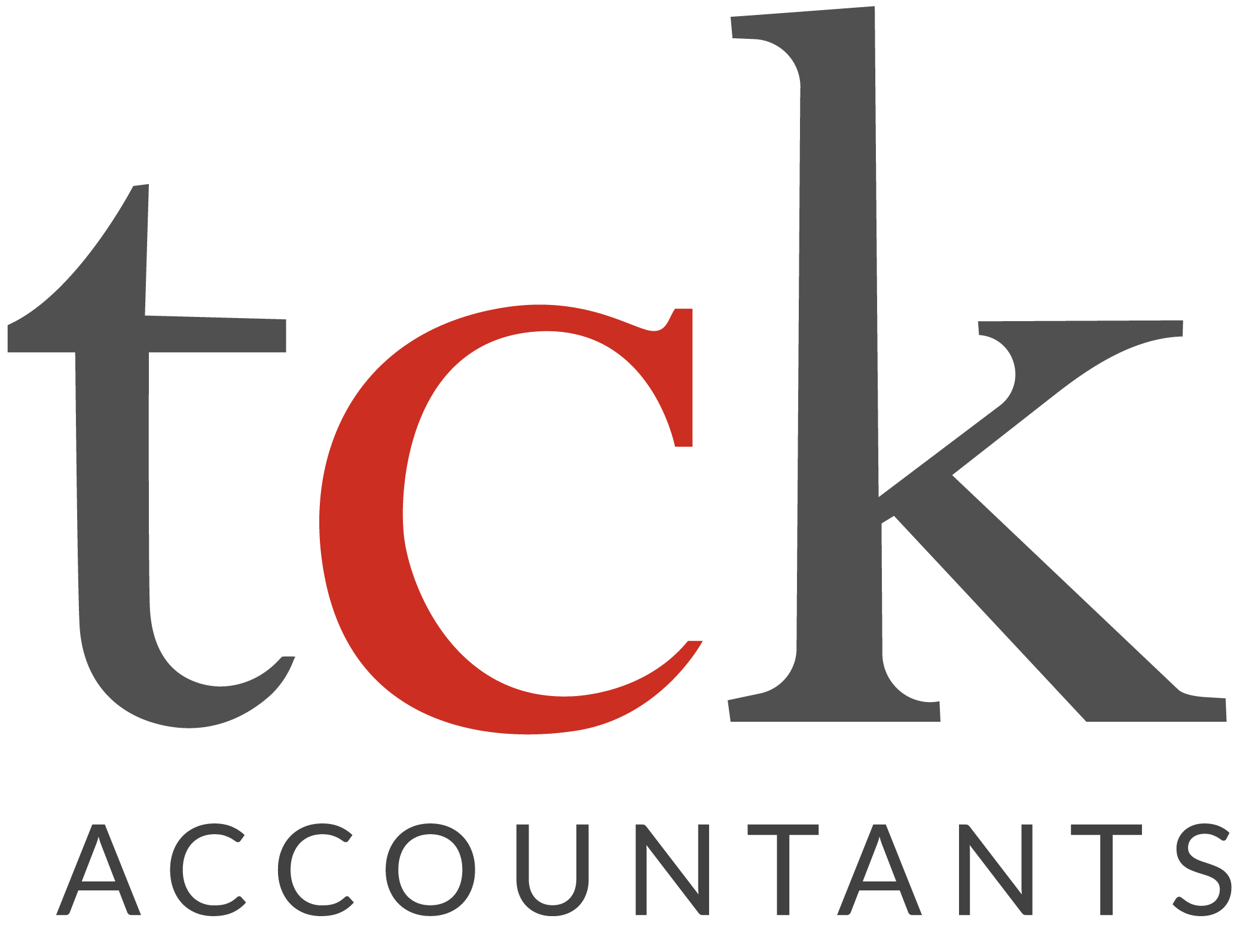Electronic Invoicing (eInvoicing)
Electronic invoicing (eInvoicing) is an Australian government initiative designed to make exchanging invoices and doing business more efficient. It is an important step in the digitisation of businesses across the nation, making the process faster, more secure and more efficient. Below, we take a closer look at this new initiative.
eInvoicing
eInvoicing is an automated digital exchange of invoice information between suppliers’ and buyers’ business software through a secure network. With eInvoicing:
- suppliers won’t need to print, post or email paper-based invoices;
- buyers won’t need to manually enter or scan invoices into their software; and
- businesses can immediately transact with others on the same network.
Australia has adopted the “Peppol” framework as the common standard for eInvoicing. This new channel is a more efficient, accurate and secure way to transact.
Note – eInvoicing does not apply to business to consumer transactions.
Peppol Framework
Operated in Australia by the Australian Taxation Office (ATO), Peppol is an international electronic procurement framework that enables the cross-border digital exchange of procurement documents and data. It complements Electronic Data Interchange (EDI) and other electronic means for exchanging business documents and represents a common global standard for exchanging business documents digitally.
Peppol transmits data through a secure network of approved service providers, called access points. Access points connect you to the Peppol network and allow you to exchange invoices and other documents with your trading partners registered on the network.
For further information on the Peppol framework see here.
Important – The ATO does not receive a copy of any invoices and is unable to view the contents of any invoices transmitted between businesses via Peppol.
Connecting to the Peppol Network
To use eInvoicing, businesses and their trading partners need to connect to the Peppol network through an access point.
The Peppol Directory lists those users registered on the Peppol network, as well as their receiving capabilities. This means you can check if your trading partners are connected to Peppol and what documents they can receive.
Digital service providers (DSPs) are rolling out eInvoicing solutions. See here for a register of DSPs that have completed the Australian Peppol Authority accreditation process and are trusted to operate in the network.
Benefits of eInvoicing
The benefits of Peppol eInvoicing for suppliers and buyers include:
- Cost savings
- Fewer errors
- Reliable and secure
- Reduced payment times
- Connect once, trade with many
These benefits arise because an electronic invoice (eInvoice) is accurate and complete, using standardised data that is validated before the eInvoice is exchanged securely through the Peppol network by approved access points, using the buyer’s and supplier’s ABNs.
Further, Peppol helps business entities that transact with their trading partners via multiple EDI networks to avoid multiple connections and high costs. Therefore, the risk of fake or compromised invoices, email scams and ransomware attacks are lower compared with posted or emailed invoices.
Although businesses still need to apply their internal checks and assurance processes before paying invoices, cost savings are anticipated due to automation of manual administrative tasks and faster processing. That is:
- suppliers will no longer need to create paper or PDF invoices to print, post or email;
- buyers won’t need to scan and manually enter invoices into their software;
- processing of invoices can be automated through eInvoicing;
- cost savings and reduced environmental impact by using less paper, printing and postage.
As a result, payments may also be made faster helping improve business’ cash flow.
Getting started
We recommend contacting your DSP to find out if your software is eInvoicing ready, whether they can assist with any potential updates or additions to your existing software, and what you need to do in preparation.
To find out how to get started with eInvoicing:
To prepare for eInvoicing businesses should understand how invoices are currently processed; plan how to implement eInvoicing; and decide how to on-board suppliers.
For further information on how businesses should prepare for eInvoicing, refer here.
In summary…
eInvoicing is the latest government initiative to improve digitisation by equipping businesses with a new tool to streamline their operations.
With more businesses and government departments getting on board, take the time to get familiar with e-Invoicing and prepare for the future.
-
The Peppol Directory lists those users registered on the Peppol network, as well as their receiving capabilities. This means you can check if your trading partners are connected to Peppol and what documents they can receive.
Digital service providers (DSPs) are rolling out eInvoicing solutions. See here for a register of DSPs that have completed the Australian Peppol Authority accreditation process and are trusted to operate in the network.
Benefits of eInvoicing
The benefits of Peppol eInvoicing for suppliers and buyers include:
- Cost savings
- Fewer errors
- Reliable and secure
- Reduced payment times
- Connect once, trade with many
These benefits arise because an electronic invoice (eInvoice) is accurate and complete, using standardised data that is validated before the eInvoice is exchanged securely through the Peppol network by approved access points, using the buyer’s and supplier’s ABNs.
Further, Peppol helps business entities that transact with their trading partners via multiple EDI networks to avoid multiple connections and high costs. Therefore, the risk of fake or compromised invoices, email scams and ransomware attacks are lower compared with posted or emailed invoices.
Although businesses still need to apply their internal checks and assurance processes before paying invoices, cost savings are anticipated due to automation of manual administrative tasks and faster processing. That is:

